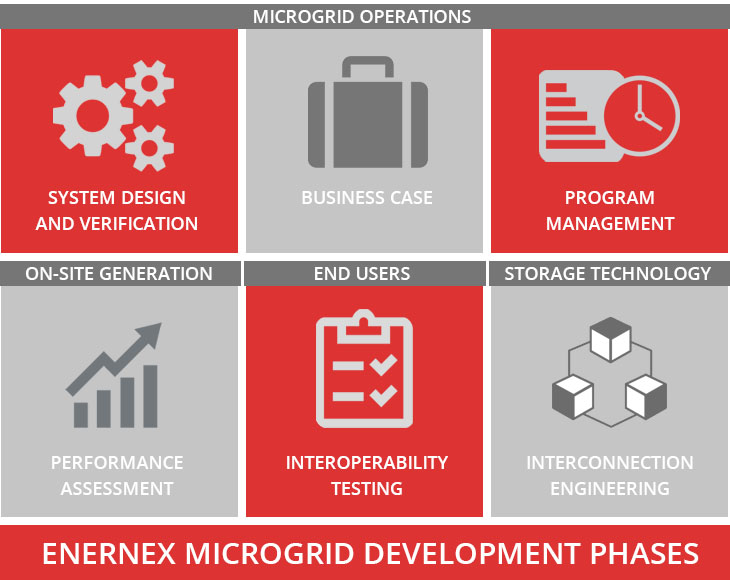The DSO from a Customer’s Point of View: A Case Study
By Doug Houseman
 Jose Q. Public comes home with a new widget to plug into his home to provide new entertainment channels and options. Jose plugs the device into the power in his home and then uses his phone to connect the widget to his home management system. The home management system recognizes the new widget and pulls the drivers and supporting information from the widget’s manufacturer’s server.
Jose Q. Public comes home with a new widget to plug into his home to provide new entertainment channels and options. Jose plugs the device into the power in his home and then uses his phone to connect the widget to his home management system. The home management system recognizes the new widget and pulls the drivers and supporting information from the widget’s manufacturer’s server.
The home control system automatically sets ups up the device and sends a series of questions to Jose’s phone. The questions range from the priority of the device in the overall home management hierarchy to what level of security and remote access Jose wants. Since this is a new device, the home management system downloads a composite profile of how other owners use the widget and its energy consumption.
Since Jose made this a ‘must run’ system, the home management system reserves capacity in the home’s battery system, so that the system can run at night, as well as in the daytime. The home management system then updates the aggregator that Jose has subscribed to, that the available merchant battery capacity has decreased (because of the new widget) and confirms that the remaining merchant capacity is enough to meet the contract that Jose has with the aggregator.



